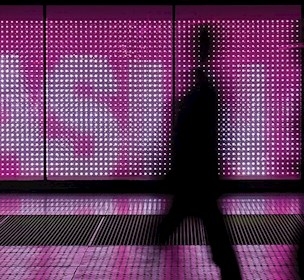What factors determine the lifetime of electronic drivers for LED lighting?
LED lighting has gained popularity due to its low energy consumption and long lifespan. However, the lifetime of its electronic drivers can be affected by less obvious factors. Discover what influences their longevity.
Light source technology has changed dramatically in recent years, primarily in the direction of LED-based lighting. LED lighting has strong qualities that are much sought after. One of them is its low energy consumption, while long lifetime is another. Long lifetime applies first and foremost to the actual LED chip, the light element, which under normal operating conditions often can provide a lifetime of more than 100,000 hours. When talking about LED lifetime, however, many of us forget that an important part of an LED light source is its electronic driver – and the driver does not necessarily have the same long life as the LED light element.
True to all systems is that the weakest component determines the life for the entire system. This also holds true for electronic light sources such as LEDs. A weak capacitor or transient suppressor, which does not match the requirements of use, can reduce the lifetime significantly. As a result, the overall system may only offer 10,000 operating hours or less.
Conditions of use are thus critical in this regard. High operating temperatures, excessive temperature cycles, moisture, for example in the case of street lighting, and other factors place restrictions on lifetime.
The lifetime for LEDs is affected by a variety of factors
Together with the Department of Electrical Engineering at DTU and a number of private companies, FORCE Technology has collaborated in a project under the Innovation Network “Danish Lighting”, looking at which factors have a significant impact on practical life of electronic drivers for LED lighting. The project has also estimated which conditions to be aware of when aiming at long lifetime for LED lighting.The work has been summarised in TEK’s TN12 report ´Lifetime for power supplies to LED lighting´, which was published at the end of 2017. Please note, the report is at present only available in Danish language. A copy of the report can be obtained by sending an email to Birger Schneider, Head of department.
The report is free of charge, as the project has received support from the Danish Agency for Science, Technology and Innovation to carry out the research work, just as the companies involved also contributed with their own workforce.


